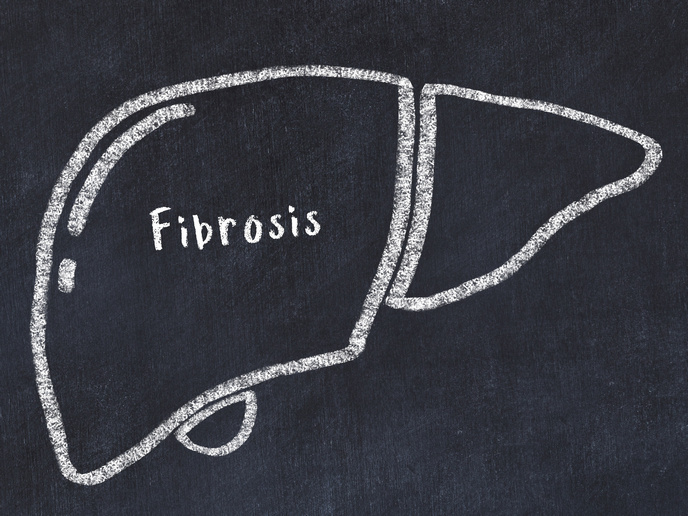Overcoming killer bacterial infections in hospitals
The second leading cause of death among patients in non-coronary intensive care units is serious complications from bacterial infections, such as sepsis (blood infection) and septic shock. These complications kill up to 146,000 patients each year in Europe, prompting research groups to look for novel ways to treat severe infectious diseases. Generally, treatment has focused on combating complications caused by an over-stimulation of host defence systems attacked by bacteria. In severe infections such as sepsis and septic shock, vascular leakage, increased cytokine (regulatory protein) levels and coagulation (blood clotting) dysfunction often occur. Medical research has relied on identifying molecular mechanisms that lead to these complications, with particular focus on severe infections caused by the human pathogen Streptococcus pyogenes. The entirely EU-funded Strepsep project has conducted intense research in this area. It has focused on the contact system, or when blood contacts specific surfaces and initiates coagulation. This mechanism has often been implicated in sepsis and inflammation, in association with Streptococcus pyogenes. In such cases, mice have been shown to suffer from massive tissue damage in the lungs. The researchers behind Strepsep have produced some positive results in this respect. They found that a certain peptide (amino-acid compound) called HKH20 improved inflammatory reactions caused by the bacteria in sepsis and protected mice from Streptococcus pyogenes. HKH20 prevented tissue damage and bleeding in the lungs, prolonging survival time and increasing overall survival rate. A complementary part of the treatment focused on neutrophils, known as the frontline defence against infections. Neutrophils are known to engulf microbes and secrete antimicrobials. In recent years, a new mechanism was discovered, that of neutrophil extracellular traps (NETs) which also activate the contact system. Strepsep also showed that a specific protein from Streptoccocus pyogenes in complex with fibrinogen (a plasma protein), can trigger induction of NETS. This has contributed to developing hypotheses for new drugs and treatments, in combination with the HKH20 finding. Drugs based on both these findings could have far-reaching health and socio-economic benefits for Europe.







